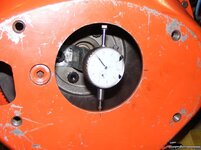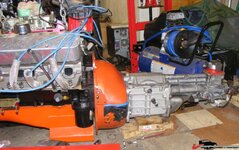denpo
Carburated Nihilist
Ok, this is probably the last newbie question concerning my auto to manual swap.
This is about the scattershield ball stud the fork is pivoting on.
It is screwed in the scattershield and has a Allen key head in the back.
Is it meant to be adjusted to modify the fork travel in some way or just be screwed all the way down?
I've looked on the web but infos on this subject is scarce.
This is about the scattershield ball stud the fork is pivoting on.
It is screwed in the scattershield and has a Allen key head in the back.
Is it meant to be adjusted to modify the fork travel in some way or just be screwed all the way down?
I've looked on the web but infos on this subject is scarce.


